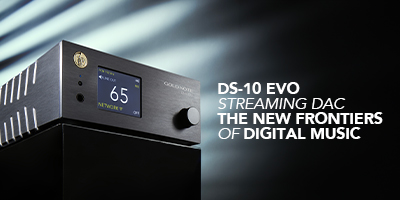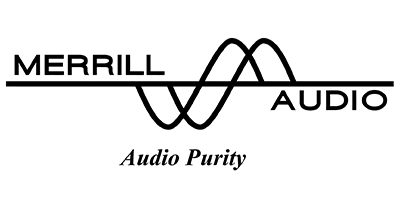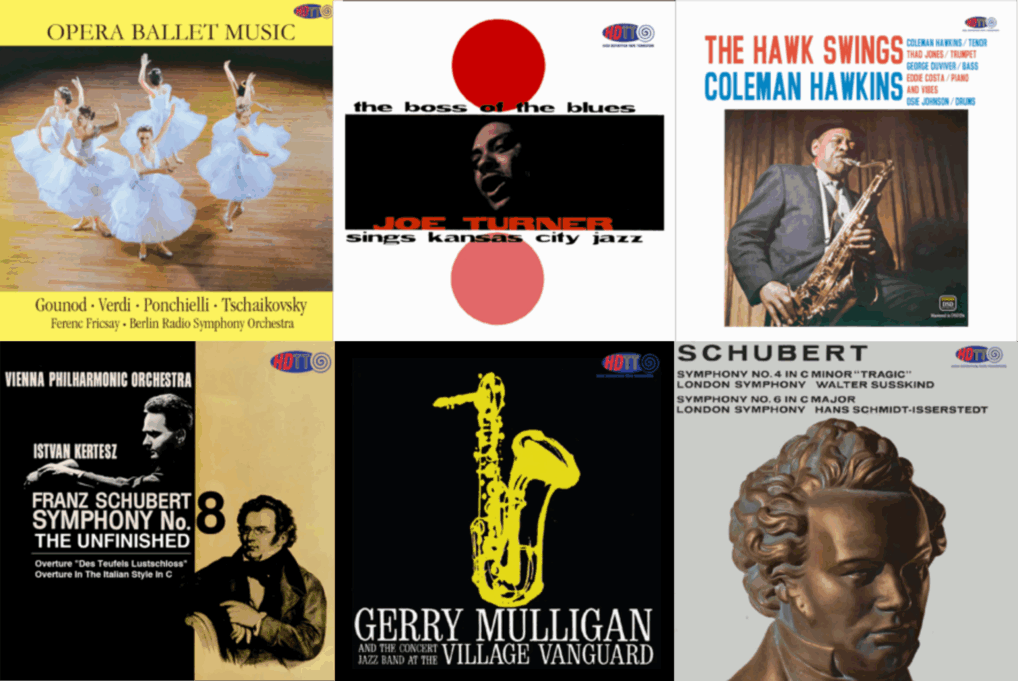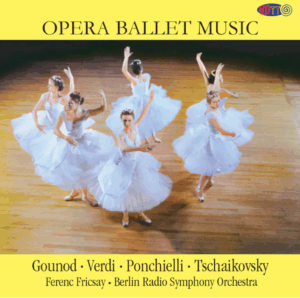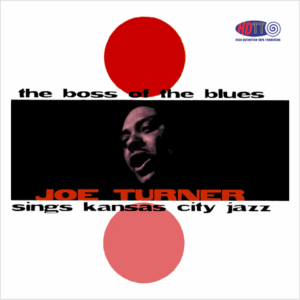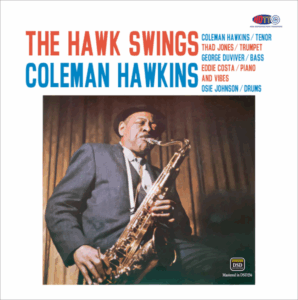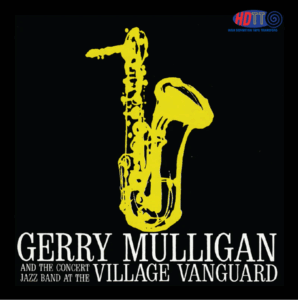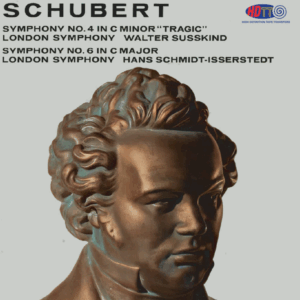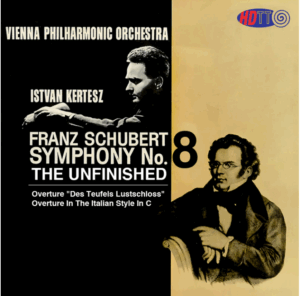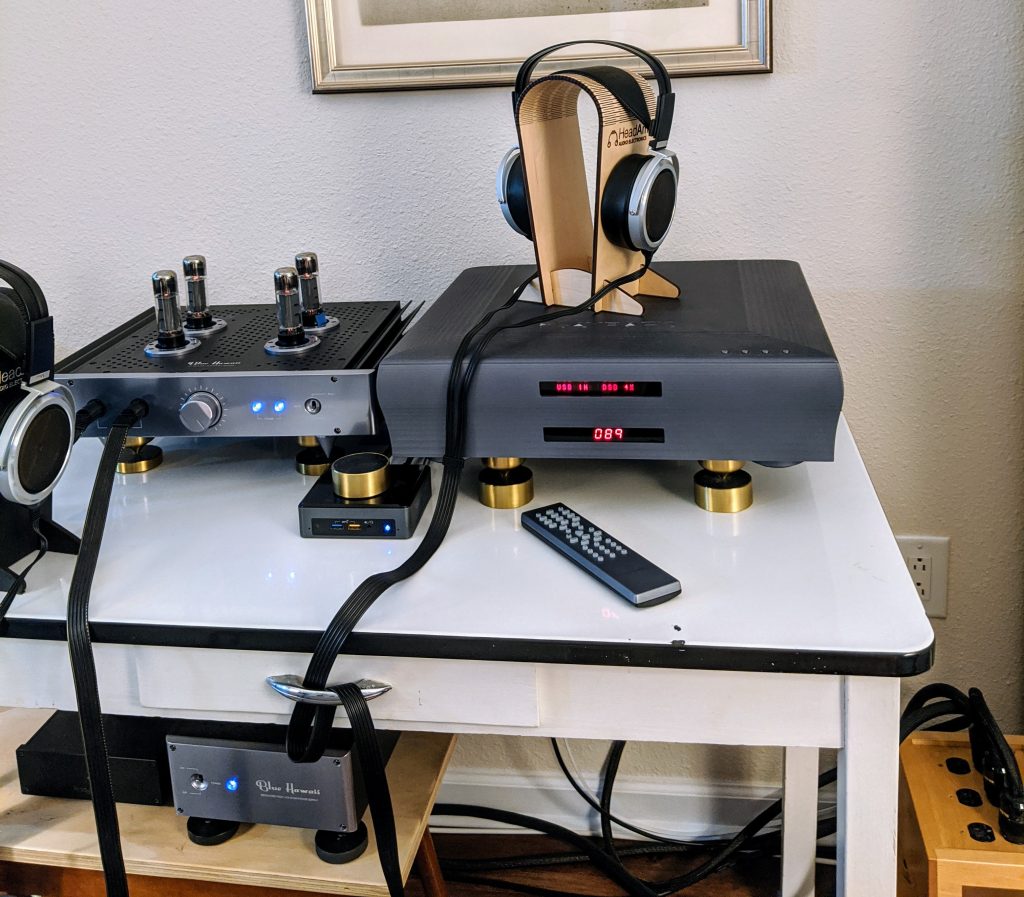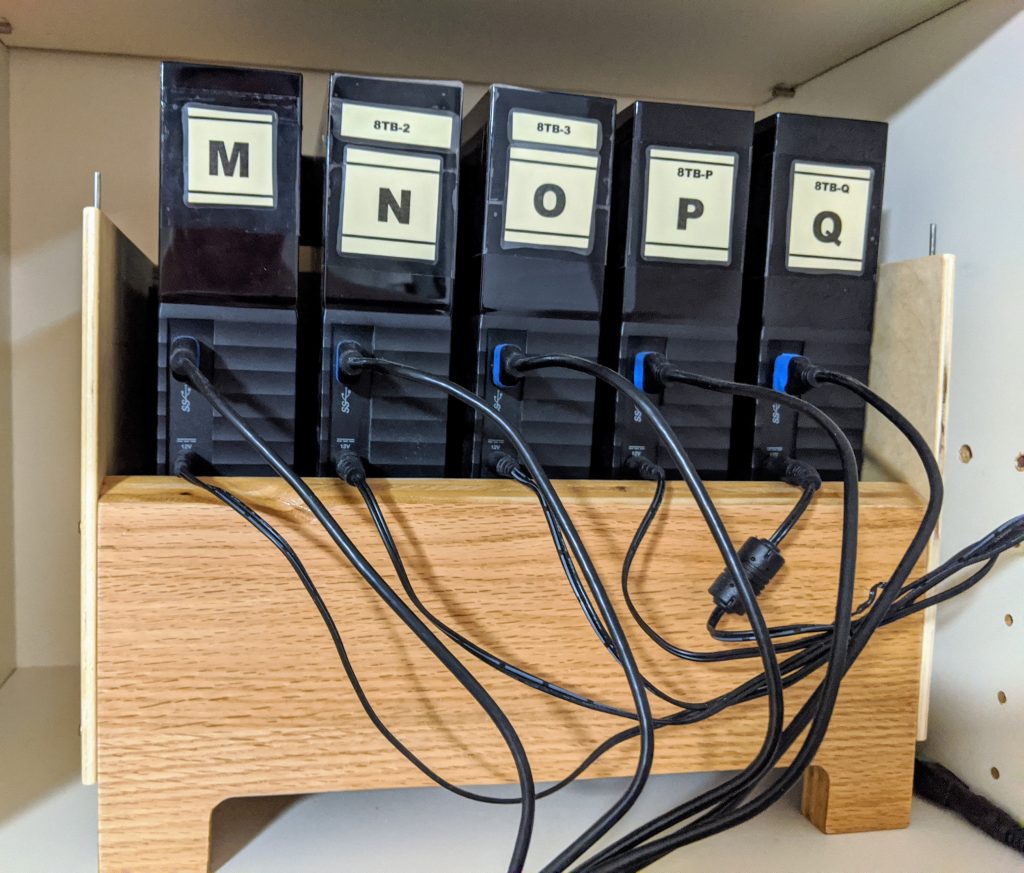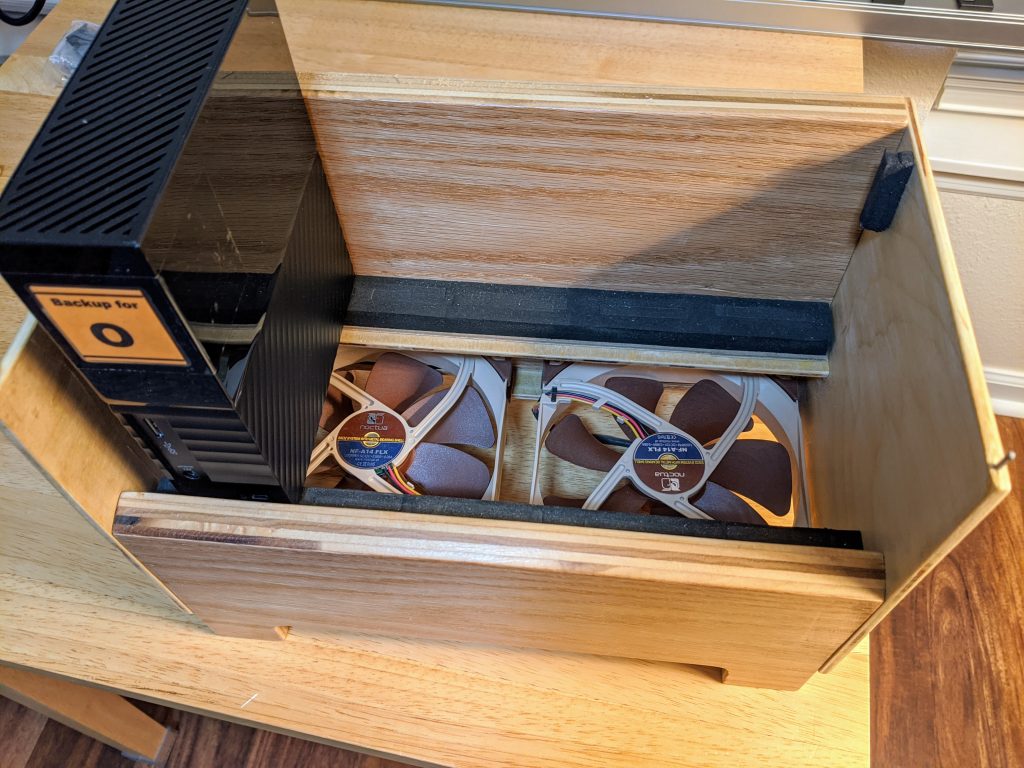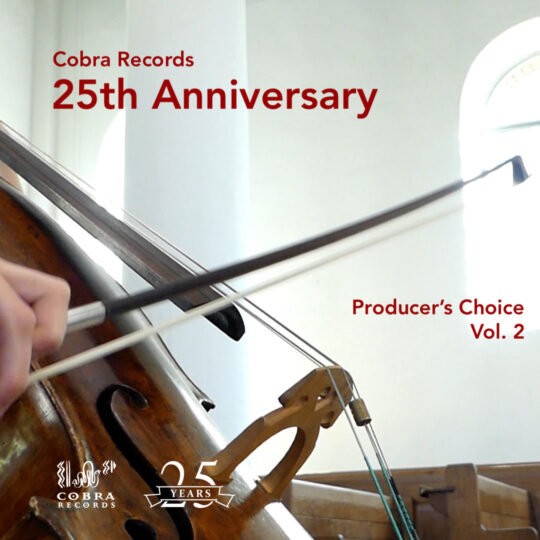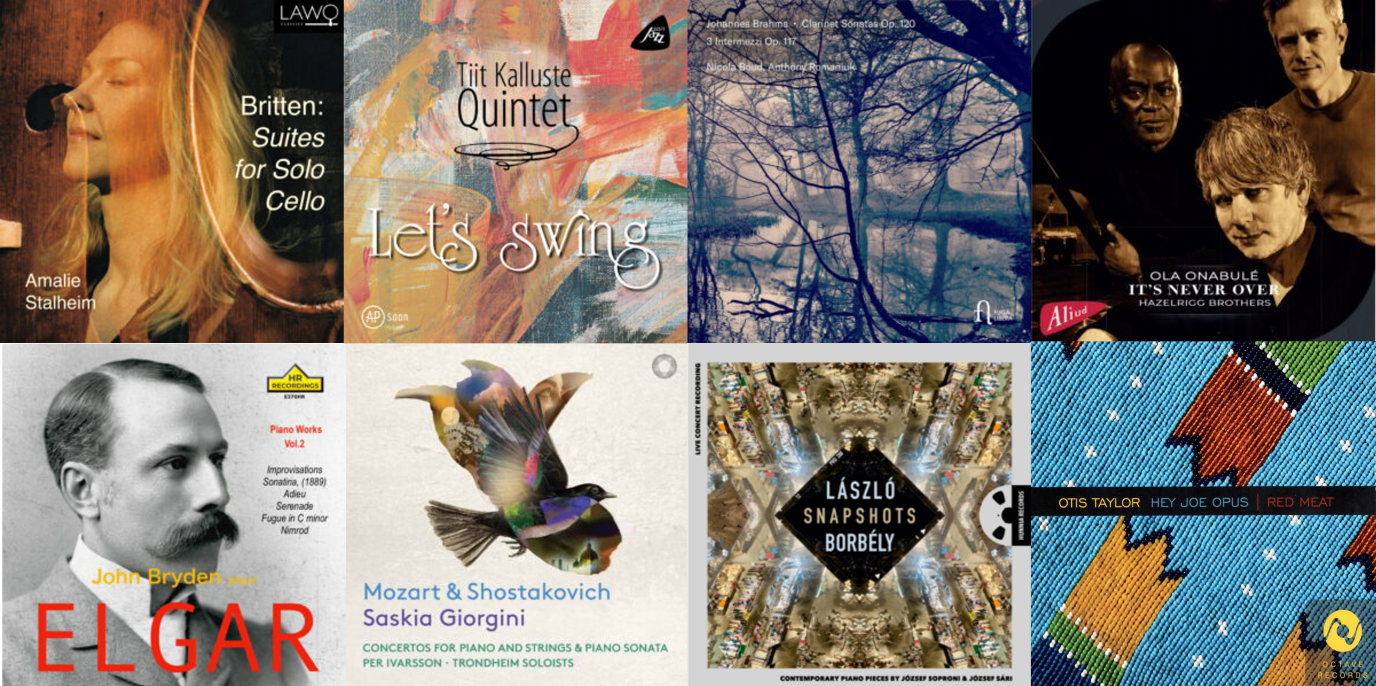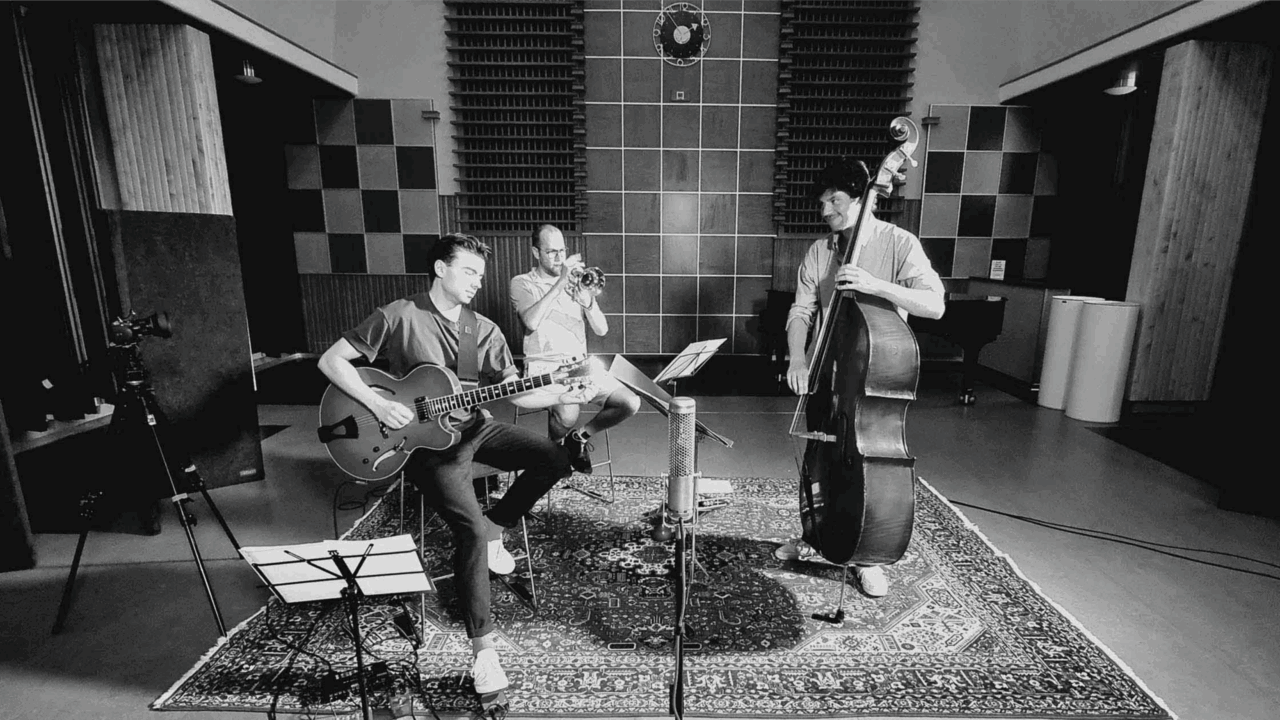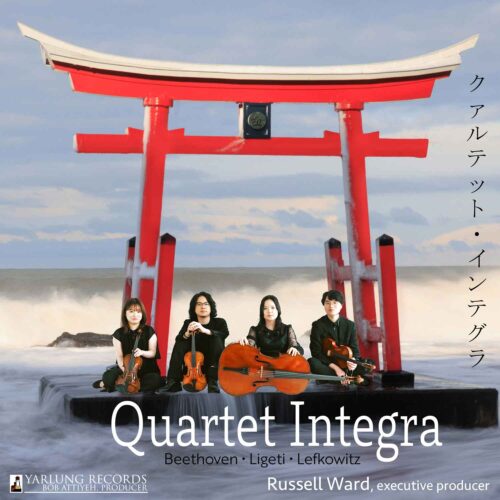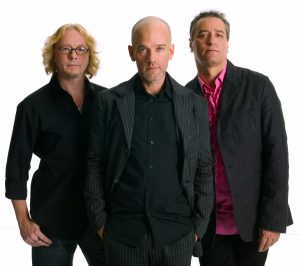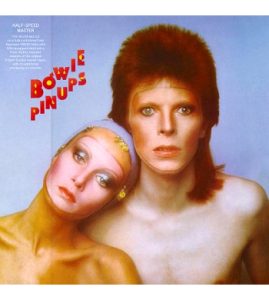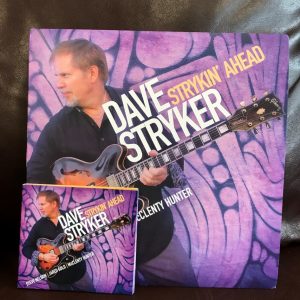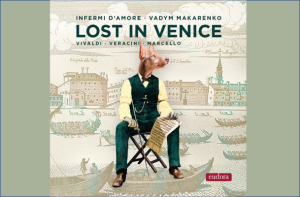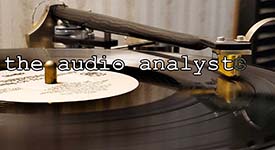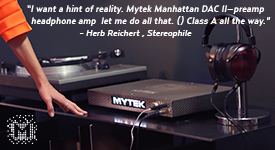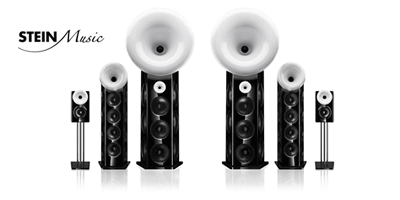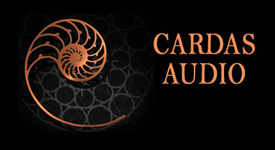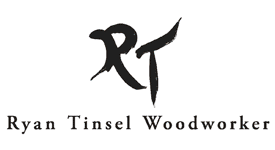Bob Witrak continues to mine pure gold from the vast past catalogs of great music, great performances, and outstanding recordings. In this edition of Recent Finds, I want to share six new releases I've been very pleased to see: three classical and three jazz, all in outstanding sound quality.
Opera Ballets, Ferenc Fricsay, Berlin Radio Symphony Orchestra. HDTT 1960 2025 HERE
Legendary Hungarian maestro Ferenc Fricsay (1914-1963) was a protégé of Bartók, Kodály, and Dohnányi. His recordings are highly regarded and, even given his early death at the age of 48, his discography is fairly robust. This recording with the Berlin Radio Symphony Orchestra is a rare gift to enjoy. We are fortunate he lived the prime of his professional life during the golden age of stereo and the majority of his recording were with Deutsche Grammophon. So, most of his recordings that I have heard are of high quality. This is no exception.
Fricsay was known for his interpretations of the music of Mozart and Beethoven, as well as that of his teacher Béla Bartók. It is his 1958 recording of Beethoven's Symphony No. 9 that features in the movie A Clockwork Orange.
This recording of ballet music for opera reflects his many strengths as a conductor: great clarity, precise control, carefully teased out details within the score. The music here includes music from Gounod's Faust, which is always enjoyable, Verdi's Othello, and the Waltz and Polonaise from Tchaikovsky's Eugen Onegin. By program alone, this album is a winner. Add to that Friscay's excellent interpretations, the orchestra's agile and precise playing, and the superb sound quality, this is an outstanding release.
The sound quality from this 4-track tape from which HDTT makes this transfer is exceptionally good, well beyond the average. As HDTT notes, this is "a true sleeper."
In sum, utterly delightful. Listening just now to the well known Waltz from Ponchielli's La Gioconda is just bringing a smile to my face. The sound quality is excellent, the performances delightful, and Fricsay's conducting pulls out all the subtlety and detail from this music. A great reissue.
Joe Turner, The Boss Of The Blues Sings Kansas City Jazz. HDTT 1956 2025 (DSD256 DXD) HERE
It is such a complete pleasure to hear this authentic Kansas City blues. Joe Turner's vocal sound is so completely authentic, and his backing so completely grounded in the tradition, that the recording is a pure joy to hear.
HDTT says: "Released in 1956 on Atlantic Records, The Boss of the Blues Sings Kansas City Jazz stands as one of Big Joe Turner's most celebrated albums. More than a collection of songs, the record functions as a musical time capsule, capturing the vibrant spirit of Kansas City jazz while also showcasing the roots of rhythm and blues. At a time when rock and roll was beginning to dominate the airwaves, Turner's return to the jazz and blues styles that shaped his early career offered a powerful reminder of the genre's foundational role in American music."
Hear, hear. I could enjoy more and more of this great blues.
Joe Turner, often called the "Boss of the Blues," began his career in the 1920s and 1930s in Kansas City, a hotbed of jazz and blues innovation. He made his name as a "blues shouter"—a singer whose booming voice could cut through the noise of rowdy clubs without the help of a microphone. Alongside boogie-woogie pianist Pete Johnson, Turner helped popularize this energetic style of music with the 1938 hit "Roll 'Em Pete," which many historians cite as a key precursor to rock and roll. Nearly two decades later, The Boss of the Blues reunites Turner with Johnson and other veterans of the swing and jazz scenes, including trombonist Lawrence Brown, trumpeter Jimmy Nottingham, and saxophonist Frank Wess. What a wonderful collection of performers who present the real thing.
Says the liner notes, "What makes The Boss of the Blues particularly significant is its position in musical history. By 1956, Turner had already crossed over into the early rock and roll market with hits like 'Shake, Rattle and Roll.' Yet rather than chase trends, this album circles back to the roots—to the raw yet sophisticated blues and jazz that underpinned the development of popular music in America."
The transfer nicely allows the music to shine through. Well done!
Coleman Hawkins, The Hawk Swings. HDTT 1960 2025 (Pure DSD256) HERE
Often called "The Father of the Tenor Saxophone," Coleman Hawkins (1904-1969) revolutionized jazz improvisation in the 1930s and continued to evolve with the music through subsequent decades. He was never content to sit still in music, but was always challenging himself to explore new modalities and play alongside the next upcoming generations of jazz musicians. When this album, The Hawk Swings, was recorded in 1960, Hawkins was already a living legend.
Here, mature and well established in his career, The Hawk is having an excellent outing—a recording for budget label Crown Records in January 1960. Playing with with good compadres, this album has a lot to say about Hawkins and about jazz. Thad Jones on trumpet is a strong very evident partner throughout this album, and he's on top of his game. With support from an excellent cast including Osie Johnson on drums, George Duvivor on bass, and Eddie Costa, piano and vibes, this group is tight, in sync, and making great music.
The liner notes capture this album well: "The Hawk Swings is not just a minor entry in Hawkins' vast discography—it's a compelling document of artistic persistence. Subtle, soulful, and swinging, it captures a master musician doing what he always did best: speaking with eloquence through his horn, reminding us that age is no barrier to innovation, and that sometimes, even on a budget label, jazz can offer moments of quiet brilliance."
The studio recording is very nicely done, with enough space and air for the quintet to breathe, and captured on a great 15ips 2-track analog master tape. HDTT makes this Pure DSD256 transfer directly from the 15ips edit master and the sound is as open and clean as one can hope for. As you may have guessed, the Pure DSD256 release is what I've been listening to for the past couple of weeks, and transported to sonic heaven every time.
This is an excellent release—highly recommended for jazz lovers everywhere.
Gerry Mulligan and the Concert Jazz Band at The Village Vanguard. HDTT 1961 2025 (DSD256, DXD Redux) HERE
This morning I got an email from HDTT: "Update available for Gerry Mulligan and the Concert Jazz Band at the Village Vanguard..." And, sure enough Bob Witrak has done what he so often does, improved the sound quality of a previously released album and now letting purchasers of that album know that they can download the updated release (free for the same resolution purchased). What has changed is typically unknown—a better source has been found (sometimes) or simply that improvements in technology allow him to now improve upon the earlier release. What nice treatment of his customers!
In this case, the original transfer of this tape was made in 2014 and released in DSD128. He can now improve upon this with a DSD256 transfer from the tape, with post-processing in PCM/DXD. And I'm sure improvements have also occurred in his Pyramix mastering software over that time. So, this is now a newly transferred and newly mastered release.
Is the sound quality improved? Oh, yes. All is cleaner, more open, more transparent in the DSD256 and DXD versions to which I've been listening this today. What was before an very good reissue from the Verve 4-track tape is now an excellent reissue.
And that this comes from a 4-track commercially released Verve tape is another illustration of how great transfers can sound even when they don't come from the master tape. Audiophiles, pay attention. Go read Master Tapes, Shmaster Tapes. Pay attention to Adrian Wu's comment at the end of that article.
And the music? Oh, the music is terrific, outstanding, an album every lover of jazz needs to have. As HDTT says, "This live album stands as one of the quintessential examples of mid-20th-century jazz innovation, marrying the structure of the big band tradition with the exploratory spirit of small-group improvisation, all within the intimate, smoky confines of New York City's legendary Village Vanguard."
This is baritone saxophonist Gerry Mulligan at his creative peak. And his band right along with him. Unlike traditional big bands of the swing era, Mulligan's Concert Jazz Band used a smaller, more agile lineup—typically 13 members instead of 17 or more—allowing for greater flexibility and interaction among players. And this group is hot! They swing. They boogie. They blow the top off the club. They are making a big, bold, brash statement that big band jazz can still innovate in the 1960s.
And that statement continues to resonate in 2025 as I'm listening to these outstanding musicians. It's just a great album. Go get it.
Schubert Symphony No. 4 Susskind & No. 6 Schmidt-Isserstedt, LSO. HDTT 1958 2025 (DSD256, DXD) HERE
Recorded at Watford Town Hall near London in July 1958, these recordings by the legendary engineer C. Robert Fine are some of the most revealing and refined orchestral recordings in the Mercury Living Presence catalog. This transfer from an original Mercury LP brings me back to my vinyl days listening room, but with even better sound quality than I could achieve directly off the vinyl at that time. Given an initial transfer to DSD256, then some post-transfer tweaking in DXD, then back to DSD256, this release is pure enjoyment. Clean, utterly quiet background, lovely detail, and good dynamic range with extended frequency response top-to-bottom, the sound of this release is superb.
But, keep in mind that this is a 1958 recording with the sound of 1958 electronics. It is a wonderful recording, with all the virtues of Bob Fine's eminently excellent engineering and microphone placement, but it still has that late 50s sound. It will never sound as transparent as a modern recording such as Bert van der Wolf's 2022-2024 releases of this music performed by conductor Jan Willem De Vriend with the Residentie Orkest The Hague (HERE). At the same time, Bob Fine's capture of the orchestra in the excellent venue of Watford Town Hall is a thing of wonderment in itself—not to be faulted in any way. (Okay, I think I have met Ann's requirements that I acknowledge the sound difference between 1958 and today.
The playing of the LSO is absolutely top drawer, they were emerging as of this time as the excellent ensemble we know today. Hans Schmidt-Isserstedt leads them in the Sixth Symphony (1818) in a delightfully sunny romp through music of Schubert's classical, lighter, more theatrical language influenced by Rossini. This is Schubert at a point in his life believing his music would be more popular if he adopted more of Rossini's style. And he did so to even greater (perhaps more successful) degree in his various overtures. Schmidt-Isserstedt gives the music life and coherence that is often missing from other performances.
Conductor Walter Susskind takes on heavier duty with the earlier Fourth Symphony "Tragic" (1816)—a weightier work in which Schubert was grappling to react to the appeal of Beethoven's much more dramatic music as he strove to find his own voice in the Romantic idiom. An interim work prior to Schubert finding his full voice in his Eighth (the Unfinished, begun in 1822) and Ninth (The Great, ca. 1825-27, but not performed until 1838, ten years after his death) Symphonies.
The 19-year-old Schubert completed his Fourth Symphony in April, 1816. It didn't receive a public premiere until 1849, more than two decades after the composer's death. What a treasure hidden away. The first audience to hear this must have found it a long lost treasure, because the music is sublime. Schubert's symphonies have a unique and distinct atmosphere and personality. In the Fourth, the music unfolds gradually, with long-arching melodies which take unexpected turns. And while Schubert gave the the symphony the subtitle, "Tragic," and there are some moments of haunting melancholy, overall, there is as much bubbly, youthful vitality in this music as tragedy.
All-in-all, delightful performances, played with spirit, agility, and insight. And in the excellent capture of the orchestra for which Bob Fine's Mercury Living Presence recordings have been revered for decades.
Schubert Symphony No. 8 The Unfinished, Istvan Kertész, VPO. HDTT 1963 2025 (DSD256, DXD) HERE
Here is my favorite performance of Schubert's Symphony No. 8, The Unfinished in a very nice transfer. Excellent Decca sonics from 1963 in Vienna, where Europe-based Decca teams were still doing it right. To my mind, you will not find a more satisfying performance than this one by the incomparable Istvan Kertész and the Vienna Philharmonic Orchestra. Different, sure. Better or more satisfying? No.
HDTT provides a perfect description of this performance: "Kertész approaches the Unfinished not as a tragic fragment but as a fully realized emotional journey. His reading is both lyrical and poised, avoiding exaggerated Romantic rhetoric while still plumbing the music's deep emotional currents." I quote from their product webpage because I couldn't express this better. The assessment is spot on.
Consistent with so many performances by Kertész, there is a directness in how he conveys the music. His interpretations are open and honest as he conveys the composer's music, not Kertesz's sense of his own importance, nor any efforts to further exaggerate, elongate, stylize, or editorialize.
The two Overtures are a nice addition to balance out the album. Both are spritely played with agility and enthusiasm.
Bob Witrak's ability to extract music from an analog tape never ceases to amaze me. This release was transferred from a 4-track tape, and I would never have guessed that so much excellent sound quality could lie within such a source. But, hearing is believing. It's like the Ferenc Fricsay Opera Ballets and the Gerry Mulligan and the Concert Jazz Band at The Village Vanguard albums earlier in this article. Both were also sourced from a 4-track tape. With amazing sound quality in all cases. No, this doesn't sound as open as a good 15ips 2-track tape, but it is darn good. I'm delighted to now have this performance in such excellent sound quality in my music library.
Just for those who care, in this case I am listening to, and prefer, the DXD edit master over the DSD256. As I've explained in an earlier discussion of Choosing the Best Sounding File Format to download, I usually prefer to listen on my primary system to whatever format is the edit master. Not always, but usually. YMMV.

